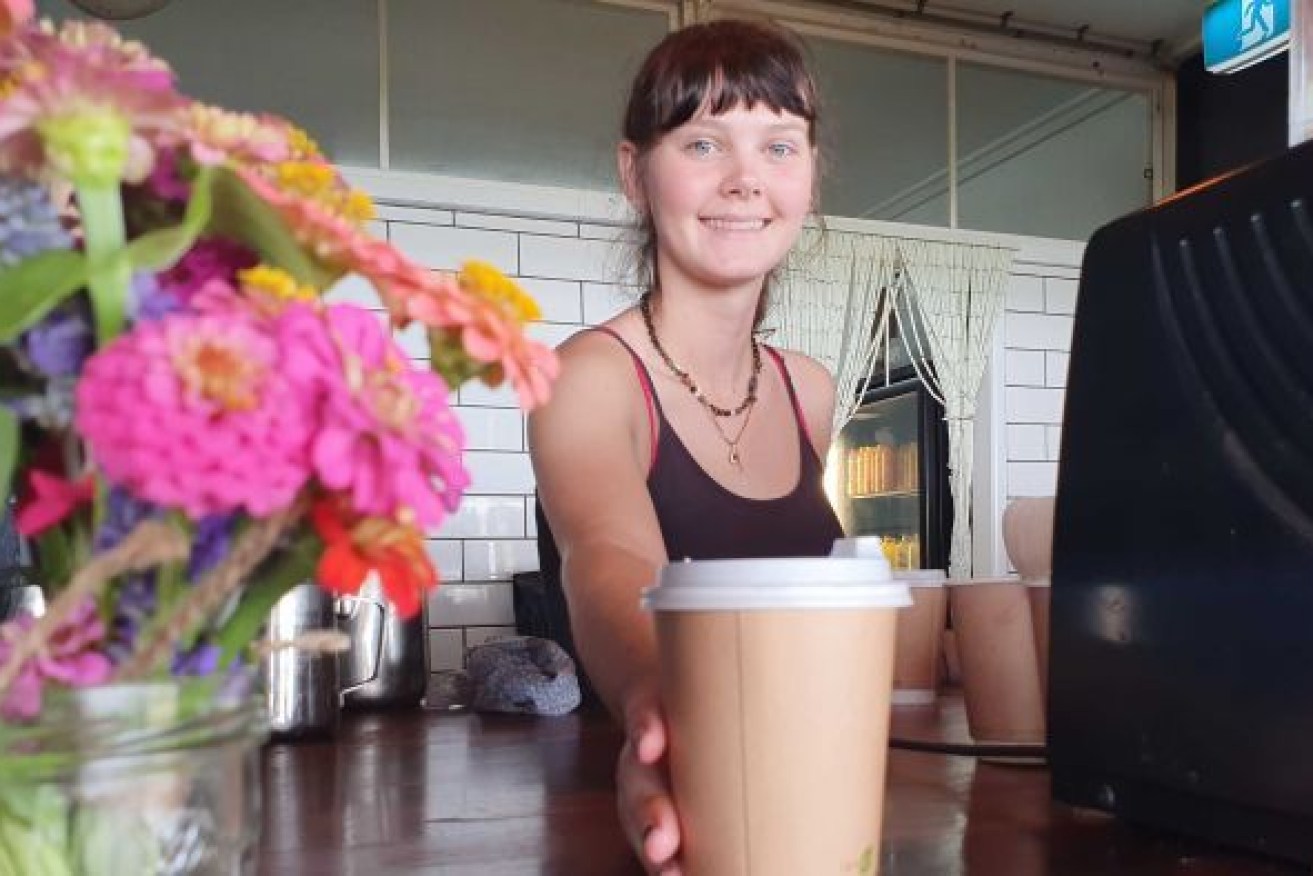Super blooper: Women still earning less, saving less, and gap is widening
Three-quarters of women are unlikely to retire having received a full 40 years of super contributions, with the bottom fifth of female wage earners having a less than 5 per cent chance of reaching the recommended savings level.


Employer groups are pushing for a minimum wage increase of no more than 2 per cent. Photo: ABC
Women across all income brackets average just 30.1 years of contributions. The male average is 36.2 years.
The figures were revealed today, International Women’s Day, in new research by Industry Super Australia that takes into account the times when women, who are far more likely than men to work multiple part-time jobs, fall under the $450 a month threshold to get super paid by their employer.
On the same day, it was revealed that the gender pay gap had widened during the Covid pandemic.
The super research was based on analysis of the Household, Income and Labour Dynamics in Australia Survey over the past 20 years to chart an accurate picture of women’s labour force experience over their working lifetime.
The findings undermine government modelling based on assuming everyone retires with four decades of super.
The assumptions are among those included in the Retirement Income Review that was released earlier this year ahead of a still-to-be-announced decision by the Federal Government over whether they will move ahead with legislated rises in the super guarantee (SG) to 10 per cent from 1 July 2021 and a further 0.5 per cent a year until it reaches 12 per cent in 2025.
Industry Super Australia, which represents 15 not-for-profit super funds, is agitating for the Government to stick with the SG rise. Industry Super Australia deputy chief executive Matt Linden said modelling based on wrong assumptions had real life ramifications.
“This (not going ahead with the SG rises) would be a terrible outcome as a more realistic working life pattern shows the current super rate is not adequate for most women to fund a secure retirement,” he said. The organisation’s strategic director Gemma Pinnell said lifting the SG rate was crucial to bridging the gender super gap that currently stands at 26.7 per cent.
This means women have on average less than three quarters of the amount men have in their super savings.
The figures also show women have less super than men at every stage of their lives, with the blow out in the difference between men and women hitting when women reach their 30s. This difference means while women in their 20s have around 7 per cent less than men in super, by the time a women reaches her late 40s, the difference has grown to almost 35 per cent.
It comes as latest figures showing the cost of retirement in Australia has jumped in the last quarter off the back of increases in food prices and health insurance premiums – up to $62,562 per year for a couple for a “comfortable” retirement and $44,224 for a single.
“Until we fix inequities in the super system, like the outdated $450 threshold, we will continue to see women retiring with balances that are persistently lower than men,” Pinnell said.
The latest study comes after ISA found that on average women spend 12 years less in the full-time workforce than men. Overall, men have $282 billion more than women in their super funds.
Meanwhile, further research shows women suffered disproportionate job losses when the pandemic hit, and their jobs returned on a more casualised or part-time basis than men’s did during the recovery.
The Centre for the Future Work is warning that the government’s approach to the economic recovery – with the expansion of casual work, public sector pay caps, and a costly childcare system – could worsen the pay gap even further.
“The gendered nature of the pandemic recession on Australia’s labour market has markedly worsened pay inequality,” Alison Pennington, senior economist at the Centre for Future Work, said in a statement.
“The gendered employment recovery is disproportionately leaving women with less hours, security and pay than men—a clear example of why a simple post-COVID “snap back” was never adequate for women.”
Women’s employment dropped by almost 8 per cent between February and May 2020, over two percentage points worse than for men, the report states.
Women’s employment is lower now than in January 2020 by around 53,000 jobs. Male employment has risen in that period by 7,000 jobs.
And new data from LinkedIn shows many women believe their gender holds them back professionally.
Forty-five per cent of Australian women say they have missed out on a raise or promotion due to their gender, and 42 per cent feel they get fewer opportunities than men, the social media company’s 2021 Opportunity Index shows. The data is based on a survey of more than 1000 Australians.
Almost one in three feel they have been discriminated against in the workplace because of their family responsibilities.
At the same time, the data shows limited support for change: just 21 per cent of Australians agree that gender diversity is one of their employer’s top priorities.
Just under half (45 per cent) believe gender equality has come far enough already, 36 per cent say equality threatens the traditional family, and 30 per cent of Australians believe men make better political leaders than women do.
International Women’s Day is an annual celebration of the social, economic, cultural, and political achievements of women.












